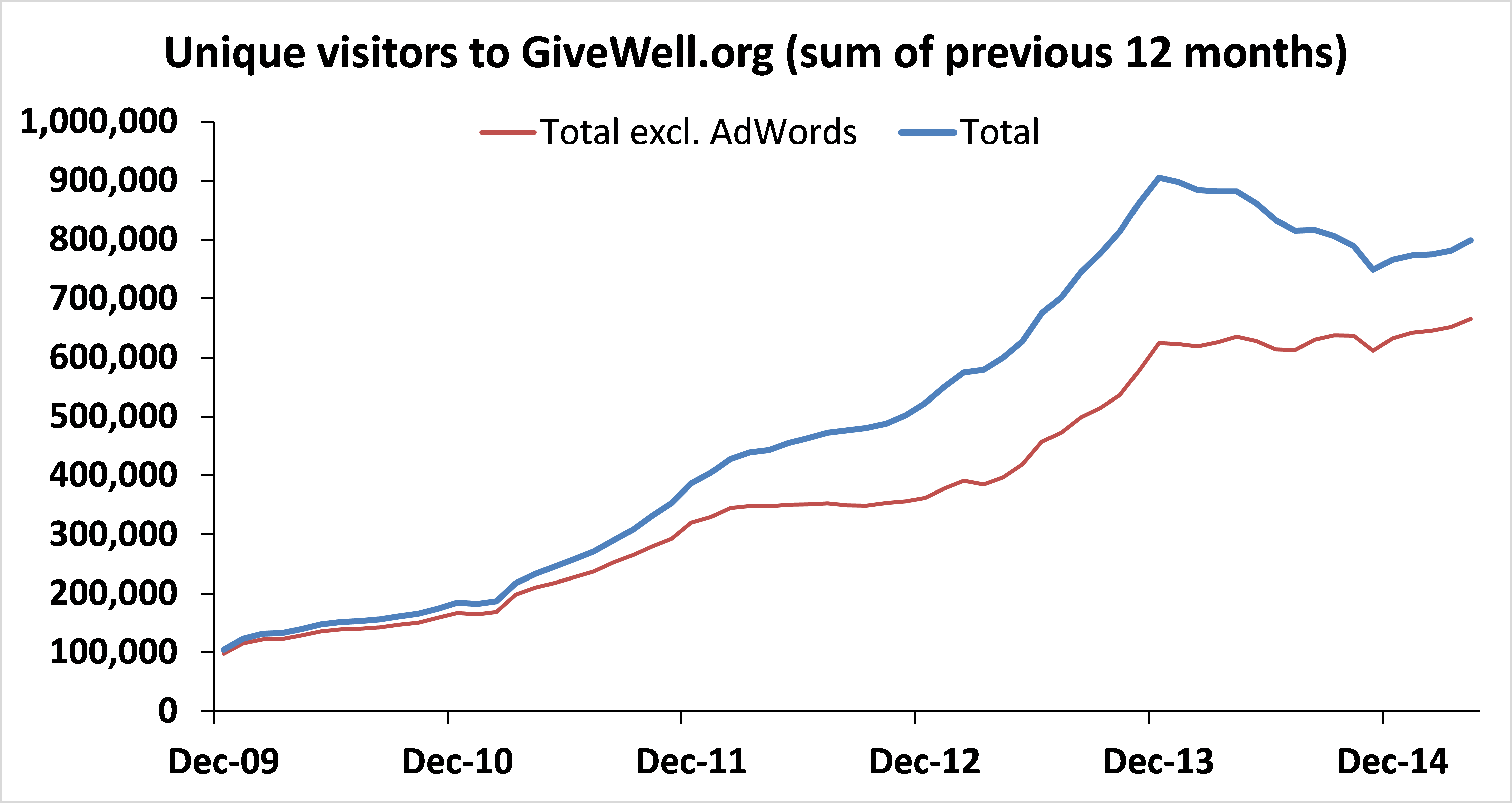
This is the first post in a series about geomagnetic storms as a global catastrophic risk. A paper covering the material in this series was recently released.
The Open Philanthropy Project has included geomagnetic storms in its list of global catastrophic risks of potential focus.
To be honest, I hadn’t heard of them either. But when I was consulting for GiveWell last fall, program officer Howie Lempel asked me to investigate the risks they pose. (Now I’m an employee of GiveWell.)
It turns out that geomagnetic storms are caused by cataclysms on the sun, which fling magnetically charged matter toward earth. The collisions can rattle earth’s magnetic field, sending power surges through electrical grids. The high-speed particles can also take out satellites critical for communication and navigation. The main fear is that an extreme storm would so damage electrical grids as to black out power on a continental scale for months, even years. The toll of such a disaster would be tallied in economic terms, presumably in the trillions of dollars. It would also be measured in lives lost, since all the essential infrastructure of civilization, from food transport to law enforcement, now depends on being able to plug things in and turn them on (NRC 2008, pp. 11–12).
Having examined the issue, especially its statistical aspects, I am not convinced that this scenario is as likely as some prominent voices have suggested. For example, as I will explain in a later post, Riley’s (2012) oft-cited estimate that an extreme storm—stronger than any since the advent of the modern grid—has a 12%-per-decade probability looks like an unrepresentative extrapolation from the historical record. I put the odds lower. My full report has just been posted, along with data, code, and spreadsheets.
Nevertheless, my reassurance is layered in uncertainty. The historical scientific record is short–we get a big storm about once a decade, and good data have only been collected for 30–150 years depending on the indicator. Scientific understanding of solar dynamics is limited. Likewise for the response of grids to storms. My understanding of the state of knowledge is itself limited. On balance, significant “tail risk”—of events extreme enough to cause great suffering—should not be ruled out.
This is why I think the geomagnetic storm risk, even if overestimated by some, deserves more attention from governments than it is receiving. To date, the attention has been minimal relative to the stakes.
The rest of this post delineates how geomagnetic storms come about and why they may particularly threaten one critical component of modern electrical grids, the high-voltage transformer. Later posts will delve into what the available evidence says about the chance of a geomagnetic “perfect storm.”



